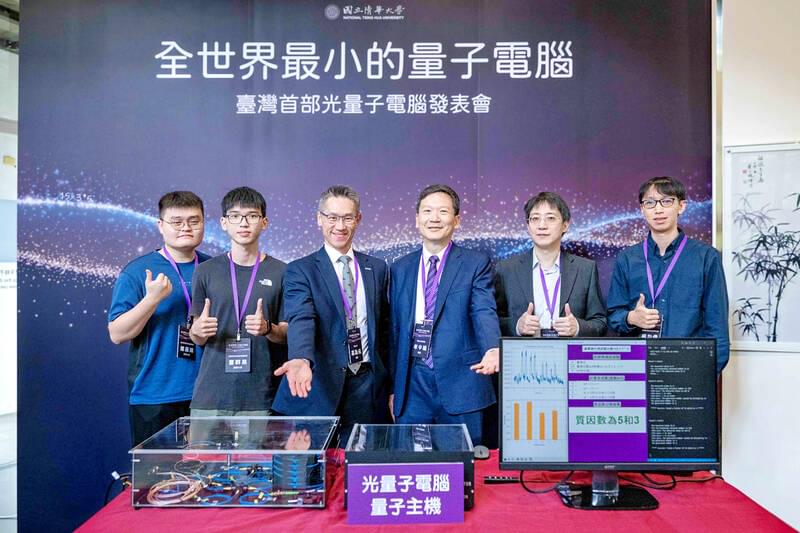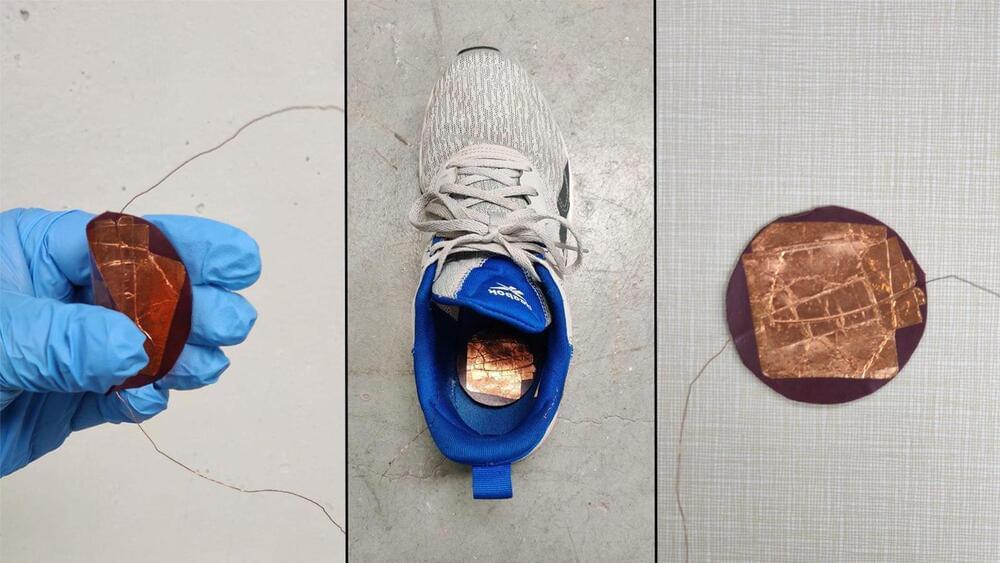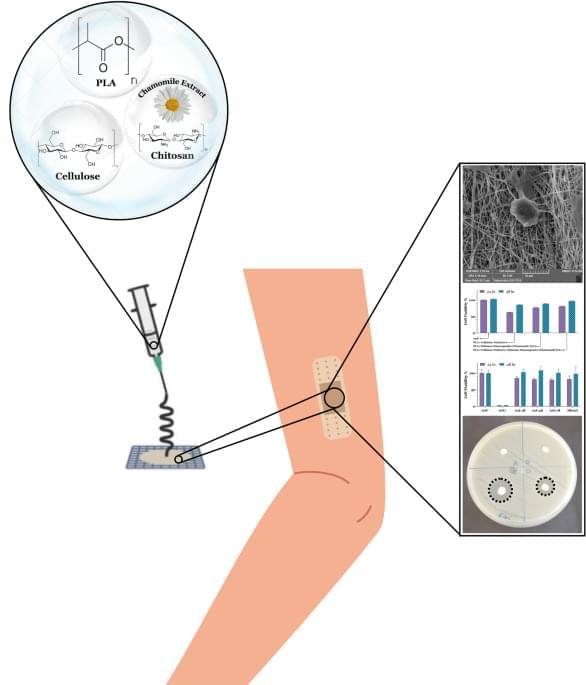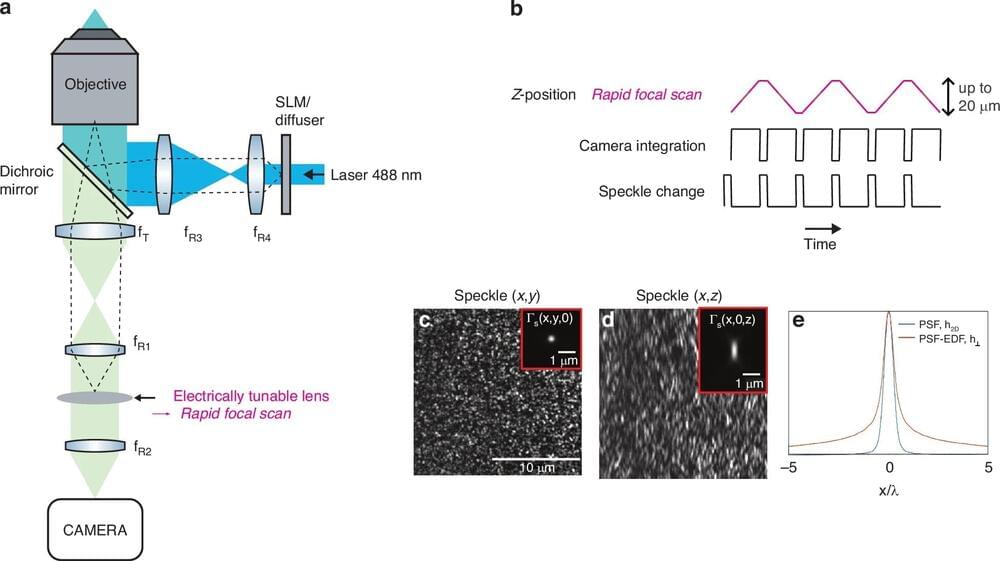Oct 19, 2024
Researchers in Taiwan develop the world’s smallest quantum computer
Posted by Omuterema Akhahenda in categories: computing, quantum physics
A research team led by National Tsing Hua University Department of Physics and Center for Quantum Science and Technology professor Chuu Chih-sung (褚志崧) has developed Taiwan’s first and the world’s smallest quantum computer, using a single photon, the university said yesterday.
Chuu said in the…
Bringing taiwan to the world and the world to taiwan.


















